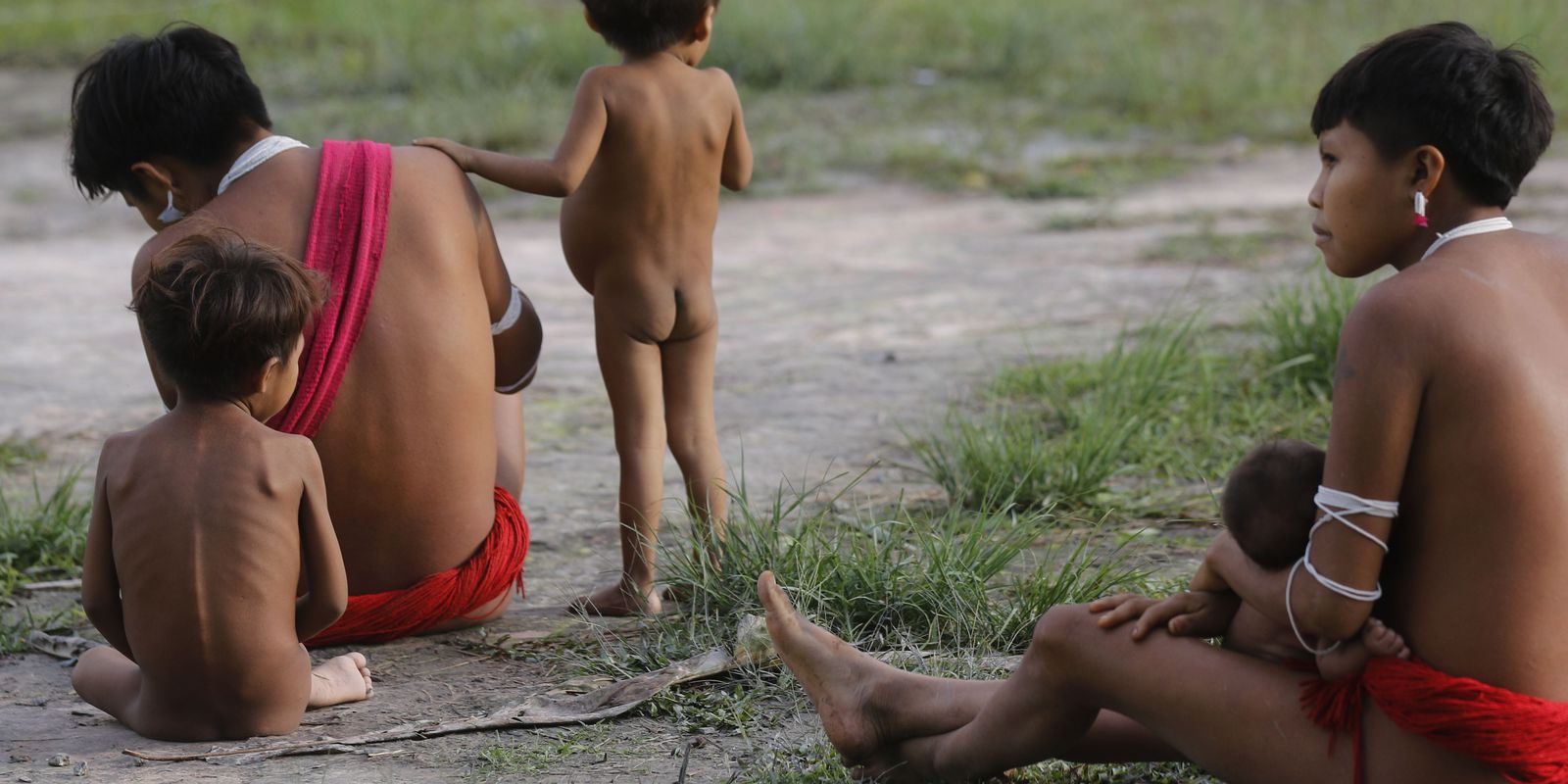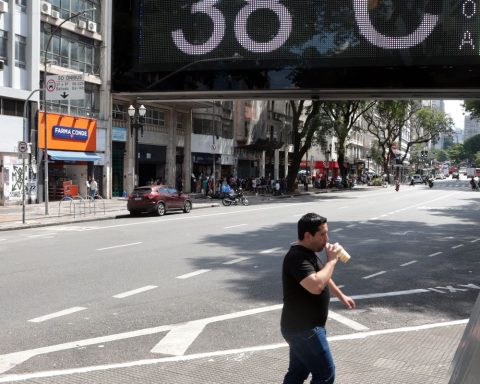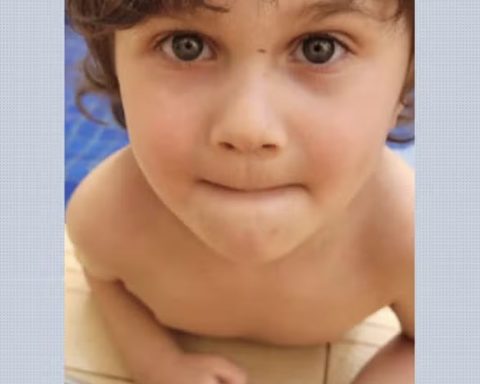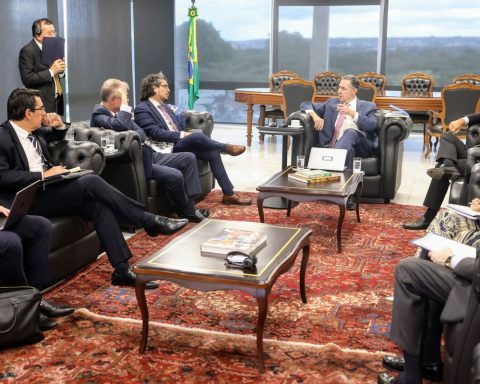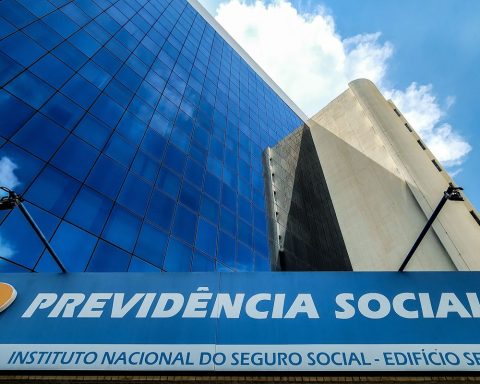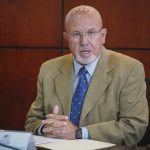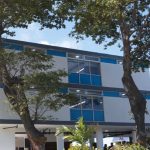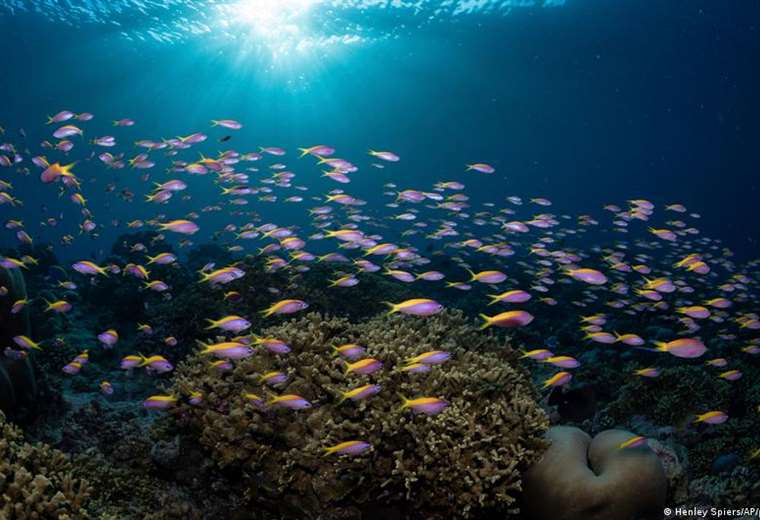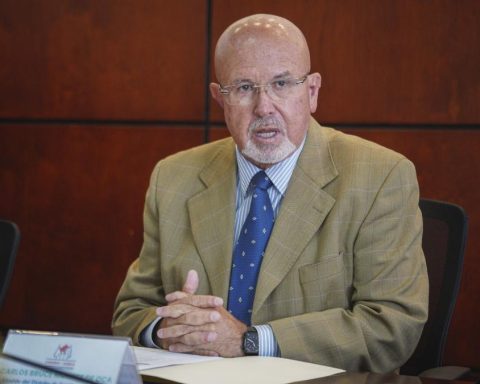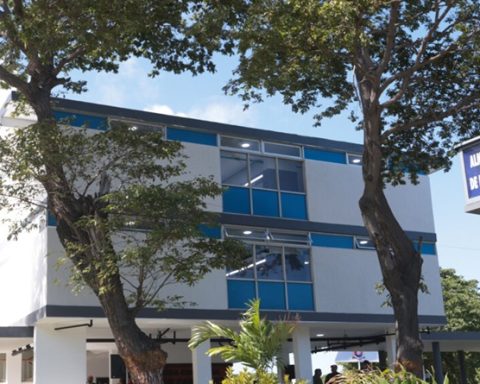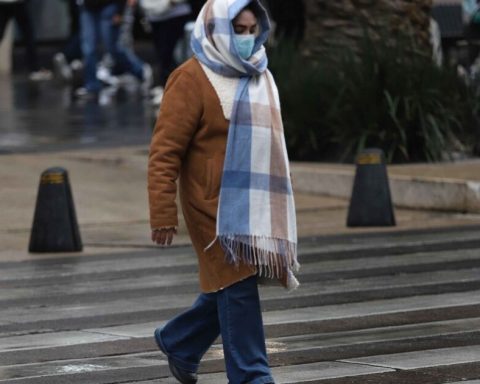The part of the Yanomami population that had not yet received the Brazilian Institute of Geography and Statistics (IBGE) for the 2022 Census began to be visited this Monday (6th) in a specific data collection operation that will finalize the work started in August in other territories of the ethnic group. The work is now in complex access areas. According to the IBGE, the operation, which should last 30 days in 169 villages in Roraima and three in Amazonas, was set up in an action articulated by the Minister of Planning and Budget, Simone Tebet, together with the ministries of Health, Defense, Justice and Public Security, Indigenous Peoples and the Civil House, in addition to the General Staff of the Armed Forces.
According to the coordinator of the Census of Traditional Peoples and Communities, Marta Antunes, in August, collection in the Yanomami Indigenous Land began in villages and communities where there was land or river access and even walking. In September, with the cooperation of Funai, it was possible to move forward with the use of small aircraft in places that depended on “air transport on fixed wings”. “Today we have 50% of the villages collected throughout the Yanomami Indigenous Land, that is, of the 549 villages, we have already completed the census in 150 villages in Amazonas and 211 villages in Roraima, with 16 villages in progress in the census in the state of Roraima,” he informed the Brazil Agency.
According to the coordinator, the arrival of the helicopters was being awaited through the inter-ministerial action that involved the Ministries of Planning, Indigenous Peoples, Justice and Public Security and Defense. “With this support, the PRF and the Federal Police will operate the aircraft, the helicopters that will allow us to finish the collection in the 172 villages that are pending completion. To date, we have collected 21,600 indigenous people residing in the Yanomami Land. About 10,000 in Amazonas and more than 11,500 in Roraima”, he added.
In an article published in site from the IBGE, Minister Simone Tebet highlighted the symbolism of finishing the 2022 Census collection with native peoples. “The IBGE will count how many Yanomami we are. Yes, because, historically, we’re the ones we’re talking about. How beautiful it is to be able to say that the Brazilian census will end where it all began, with the indigenous peoples, the Yanomami people”, observed the minister.
In all, 17 teams will be involved, made up of IBGE census takers, guides appointed by the National Foundation for Indigenous Peoples (Funai) and interpreters. In some cases, there may be monitoring by agents of the Special Secretariat for Indigenous Health (Sesai). The census takers working in indigenous lands underwent an additional day of training to reinforce the way in which local leaders were approached, who responded to the questionnaires applied in these territories.
“All census takers who enter Yanomami land have specific training in methodological adaptation of some questions that need to be worked on in a different way with the support of the institutional guide and the interpreter guide, in particular questions about mortality, considering that the Yanomami ethnic group does not name the people who died. There are some adaptations and questions that are the target of specific training so that our agents arrive as prepared as possible for this interaction with indigenous people who have recently been in contact, as is the case with the Yanomami population”, revealed the coordinator.
Marta Antunes recalled that the Demographic Census is the only survey that goes to all the places in the Brazilian national territory where there are people residing and, therefore, allows for a wide coverage of the national territory. In the case of indigenous people, it will collect data on the total population in the country that resides inside and outside their lands, according to the ethnic groups and indigenous languages spoken by these peoples. “It is a very important survey because it gives us the total population of each indigenous group in the territory where they live, within the lands, within the villages,” she said.
According to the coordinator, the census data will be released by different territorial sections of the indigenous land, by federation unit and also the usual clippings of census disclosures by municipality, federation units and Brazil. “With the completion of the census, it will be possible to give the total population inside and outside indigenous lands for these cutouts. The other social, demographic, economic, village infrastructure and access to sanitation data in the villages on ethnicities and languages will be the subject of a release schedule entering the next years 2023 and 2024 when all data will be made available”, he said.
Still according to the coordinator, in order to start the 2022 Census in indigenous lands, the IBGE had to carry out a plan that began in 2016 for the construction of a census cartography adequate to the reality of indigenous peoples, which included information from Funai, the delimitation of indigenous lands, to identify groups of households with indigenous people inside and outside the land, using a series of administrative records. The work also included information from the 2010 Census and the 2017 Agricultural Census. In addition, an innovation was to establish a procedure for free prior informed consultation with the leaders of indigenous associations.
Another advance was the new questionnaire, which for the first time has an approach in indigenous groups. “This questionnaire will tell us the age and gender of the leaders per village, how are the accesses to natural resources in these villages, both water and input for food, how is the infrastructure of education, health in the villages, what are the habits and practices, if the schools teach subjects in an indigenous language or in Portuguese, or bilingually, if they have access to school lunches, if they have didactic material, in relation to health, we will know if there is an indigenous health agent and an agent sanitation workers visiting these villages regularly and how often the multidisciplinary indigenous health team visits”, he detailed.
For the coordinator, as it is a portrait of indigenous peoples, the research is very important for defining public policies, especially in emergency situations, as is the current case of the Yanomami. “Information about how many there are, where they live, what age they are, division by gender, this is essential so that all the agencies, all the agents that are operating in this great articulation to solve the situation of the Yanomami, can organize themselves”, she pointed out. .
“A series of information that is important for public policies, for understanding the reality and the way of life and the conditions in which Brazilian indigenous peoples find themselves. We still have all the information that 2010 has already innovated with a series of details possible by ethnic groups and indigenous language spoken”, he noted.
calculation
Last Tuesday (28), the IBGE ended the coverage of household collection of the Demographic Census. According to the institute, a total of 189,261,144 people (91%) were registered, considering the population preview released on December 28, 2022. The data verification stage began on March 1 and includes the work of analyzing the census data, to be carried out by the Census Closing Committee (CFC). “These tasks imply some field trips, that is, some households will still receive visits from census takers or supervisors. The disclosure of the first results of the Demographic Census is scheduled for the end of April”, informs the IBGE in its site.
